The bent over row is an important compound movement aimed at targeting the back.
The bent over row mainly targets the back, however also uses muscles such as the rear deltoid and bicep. It also requires a lot of core, glute, and lower back stability. It is one of the most common exercises used by body builders to pack on size and strength in the upper back region.
As this is a compound movement, it should be being done as one of the first, if not the first exercises in your workouts. It primarily targets your lats, traps, rhomboids, teres major and minor. It also uses secondary muscles, including your biceps, forearms, rear delts, glutes and hamstrings. As there are such a wide range of primary and secondary muscles involved in the movement, you can lift a heavier weight than you do with isolations such as straight arm pulldowns, or single arm movements, and therefore put muscles under more stress, causing further muscular and strength gains.
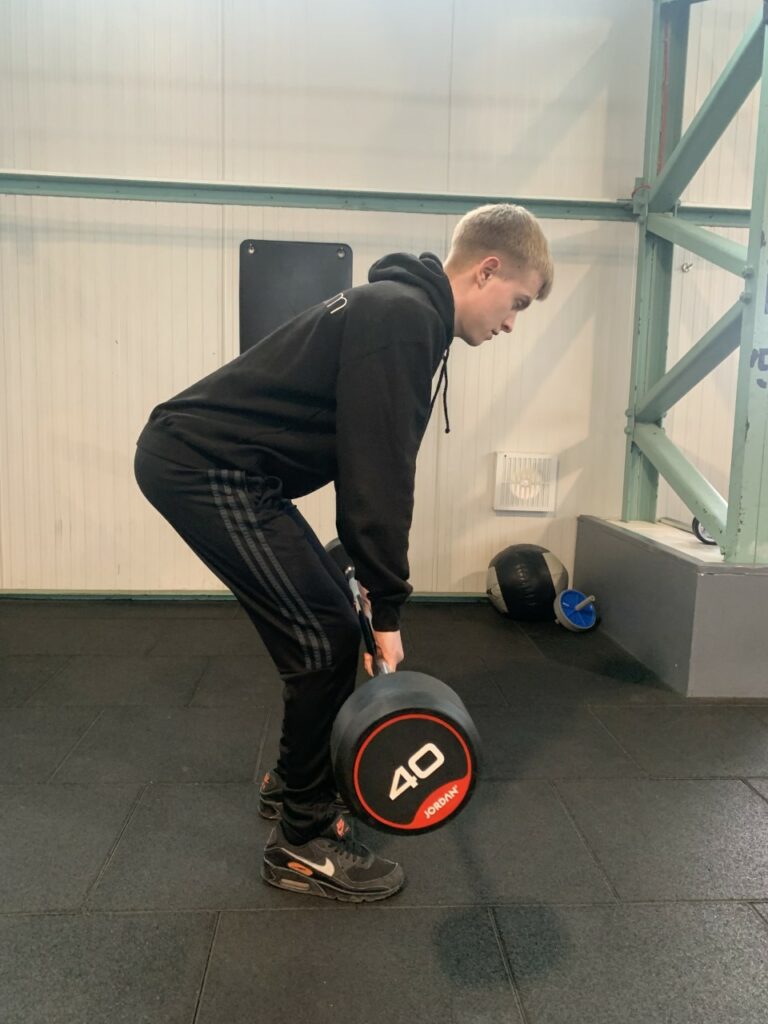
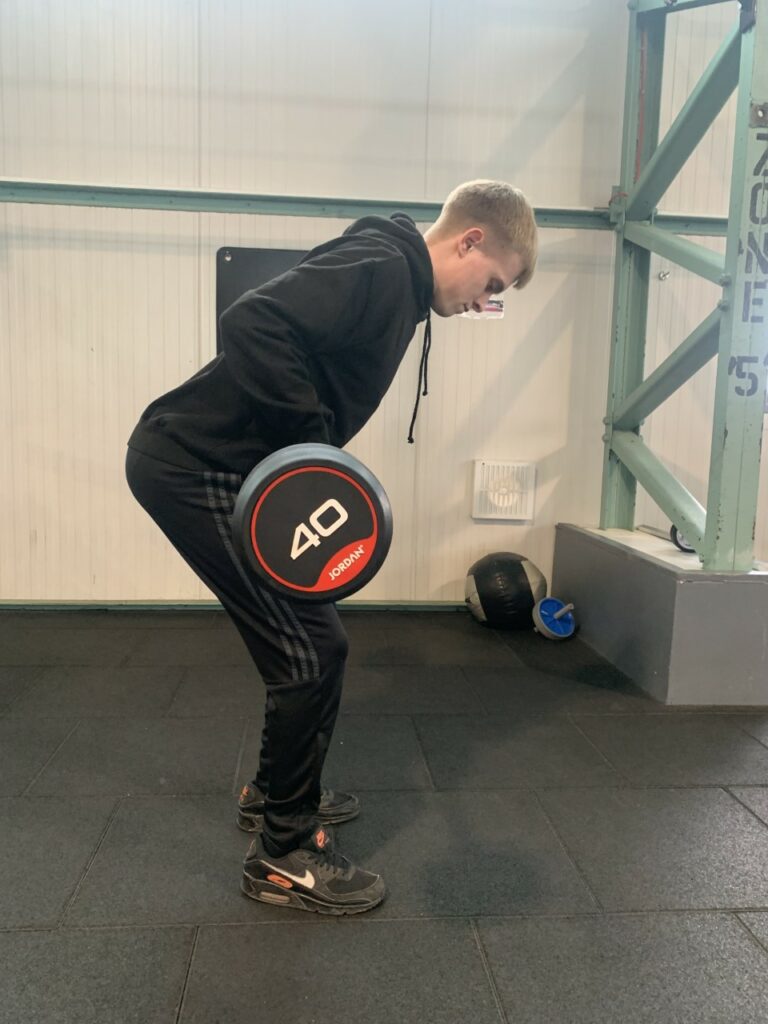
Performing a bent over row –
To perform a bent over row, you want to set up your barbell either in a rack or on the ground. Once set up, grab the barbell palms facing down, at hip width apart. Lift the barbell off the rack/ ground accordingly, then, with soft knees, run the barbell down the front of your legs similar to a Romanian deadlift, aiming to stop when your back is parallel to the floor, if you lack the hip mobility, then simply bring the bar higher up your legs to attain for the mobility. Then pull the barbell up to your lower chest, keeping your elbows tucked into your side and then squeeze your back and hold for a second or two to maximise back contraction. Repeat for required reps.
If you want to improve your pulling strength, aim to lift 3-6 reps with strict form (no using momentum or shrugging the weight).
If your focus is hypertrophy (building muscle mass), aim to lift between 6-12 reps with strict form.
If you’re working to improve the endurance of your pulling muscles (such as if you are a rower/ are just looking at improving posture), aim to lift 12+ reps with strict form.
Form is paramount for maximising the benefits of bent over rows, and hitting the muscles intended. If you use too much momentum/ shrug upwards, you will end up using a lot more upper trap and could injure your shoulders.
At the peak of the contraction, you should feel your shoulder blades pull together, and you upper back muscles tighten up, as you lower the bar back to its starting position, you should feel the lats stretch and the shoulder blades spread out wide, allowing for a big stretch in your upper back.
Exercise variations –
Reverse grip bent over rows (increased bicep activation) –
The reverse grip bent over row is practically the exact same movement as the standard, but with your palms facing upwards. The only real difference with using a reverse grip, is your natural bar path alters from lower chest to more belly button area at its peak of the contraction, without flaring your elbows. This naturally incorporates more latissimus dorsi and a far larger activation of biceps.
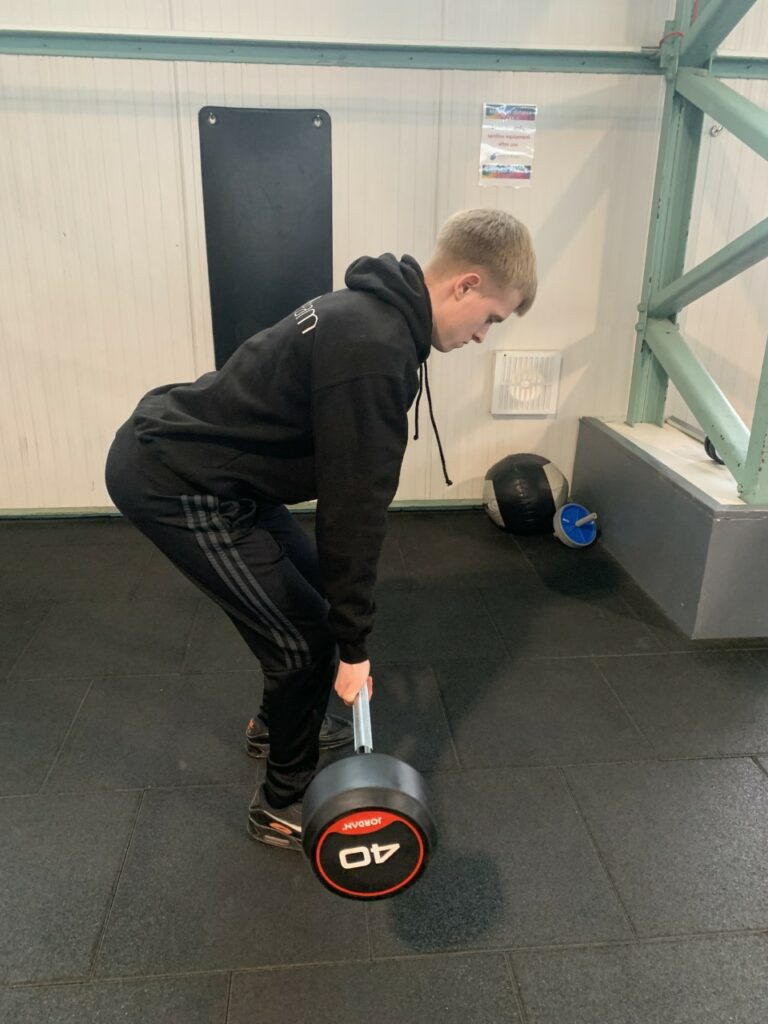

Dumbbell/ kettlebell bent over row –
Using a dumbbell/ kettlebell is a great alternative to using a barbell for a few reasons. The first is that it allows the wrist to work in a wider range of positions, including pronated (palms down), neutral and supinated (palms up). You can also vary the position as you go through the movement, such as starting with your wrists in a pronated position but finishing the movement in a supinated position. Another benefit is that it can improve range of motion, meaning further muscle activation. You can pull a bit further which increases muscle contraction as the dumbbells and kettlebells are not limited like the bar is when it reaches your stomach. You can also get an increased stretch at the bottom of the movement due to the dumbbell movement pattern. Another thing is that you can isolate each side of your back, increasing strength in a lacking area.
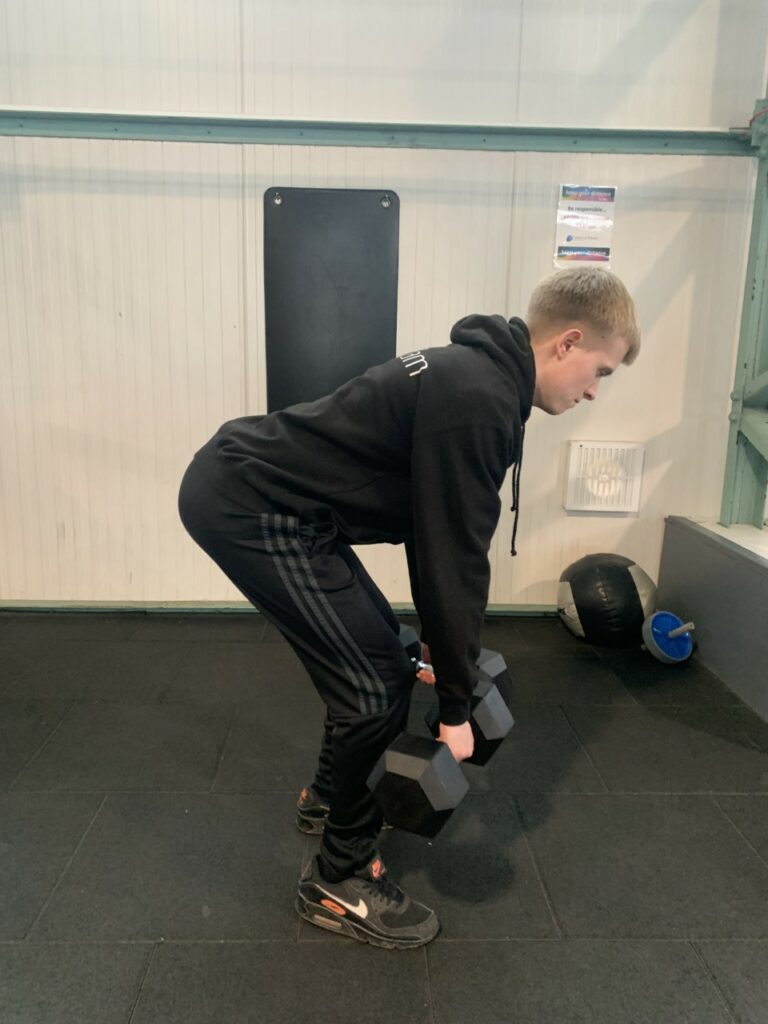
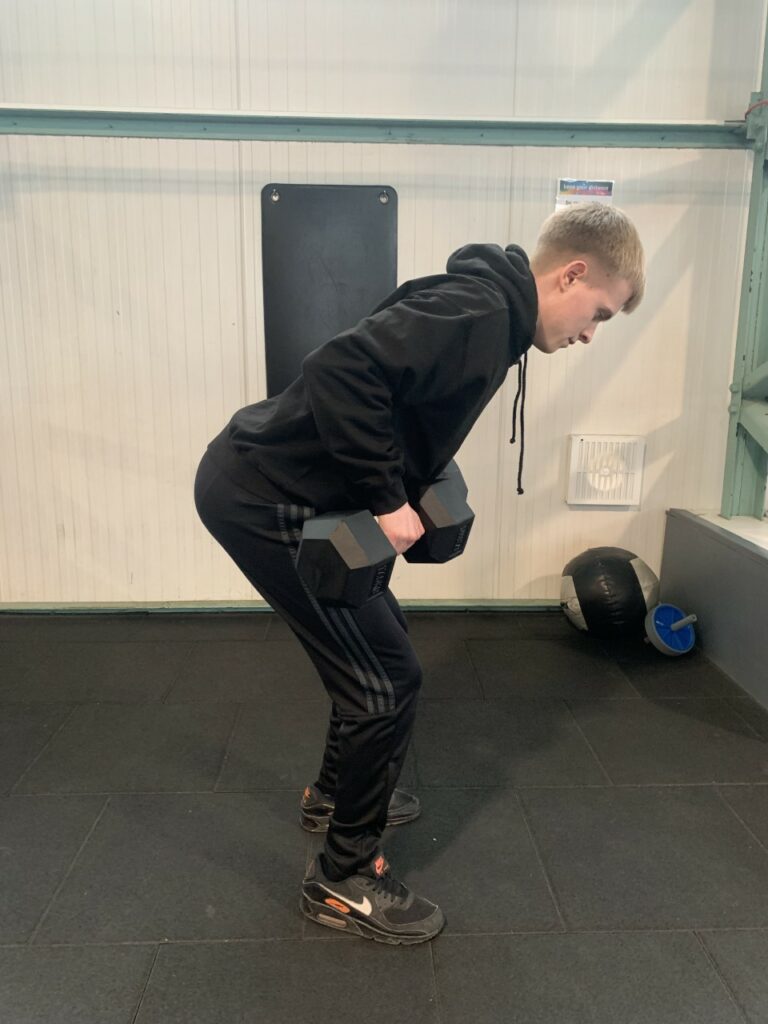
Incline bench supported row –
An incline bench supported row would be a great variation for those limited by lower back pain or hip mobility issues. Its better to do this movement with dumbbells or kettlebells due to the bench further limiting the range of motion with a barbell. Start by lying on a bench set at 15-30 degrees (to maximise stretch at the bottom of the movement), then either put your knees on the seat or feet firmly on the ground. It is also easier to keep the wrists in a neutral position to avoid banging the dumbbells to the bench and therefore limiting the range of motion.
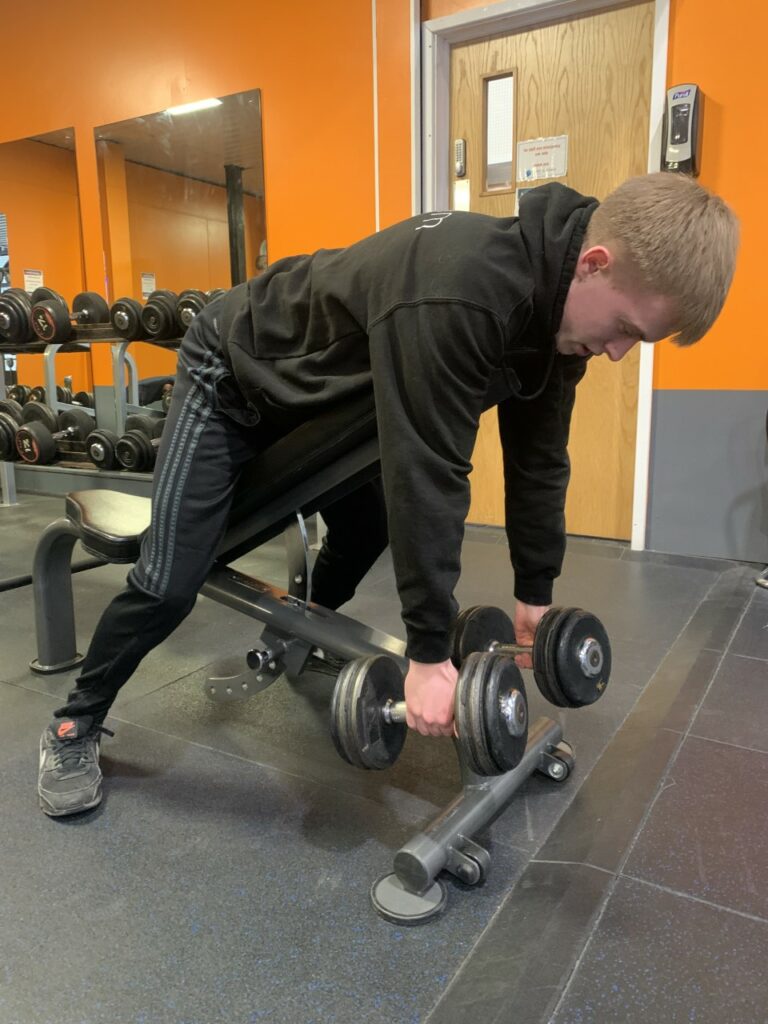
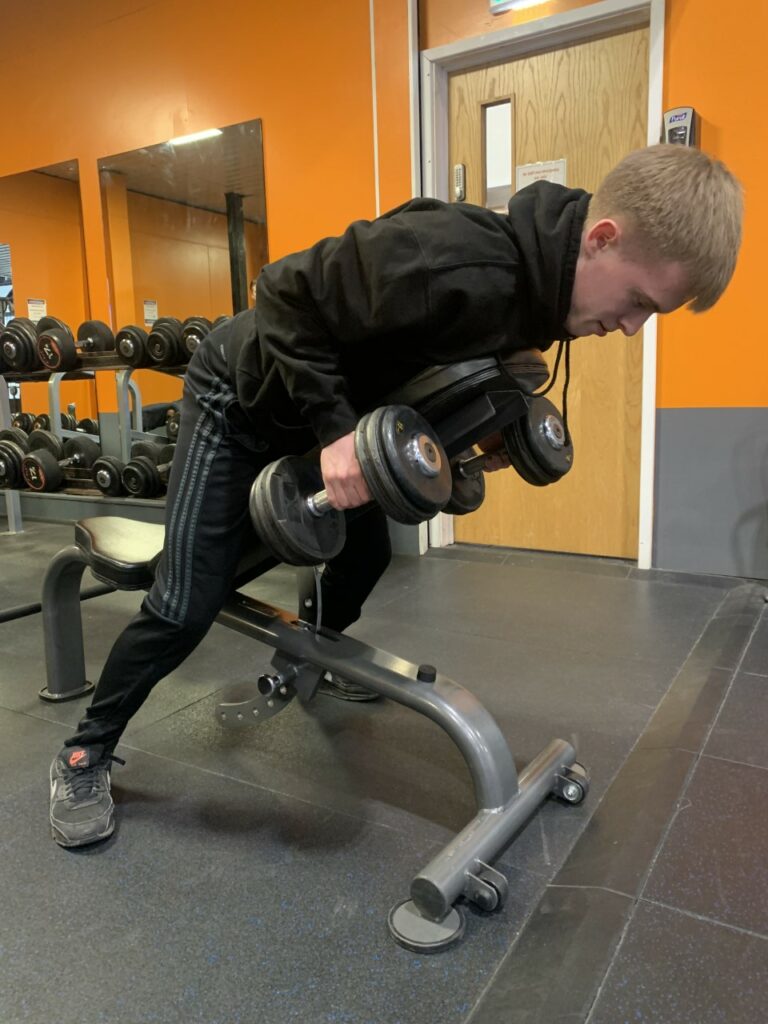
Single arm supported row –
This is another variation if you suffer with lower back pain, or mobility issues which make it a little harder to complete the standard bent over row. Setting a bench up flat, placing the dumbbell at one side of the bench, then (if you’re working your left side) place your right hand at the top of the bench, and your right knee in the middle of the bench in order to keep your back parallel with the floor. Grab the dumbbell/ kettlebell with your left hand and row towards your belly button and squeeze at the top of the movement. Repeat this on the opposite side. This is another great way to adopt a unilateral version of the bent over row into your workout, and can greatly improve disproportions and weaknesses when trained correctly.
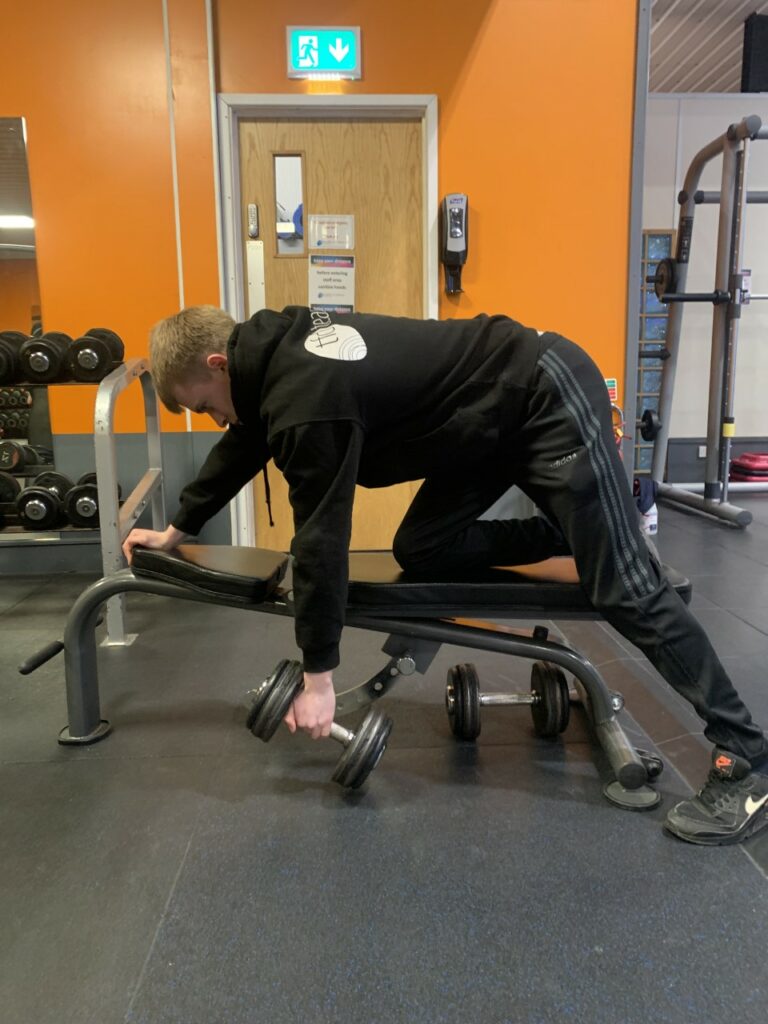
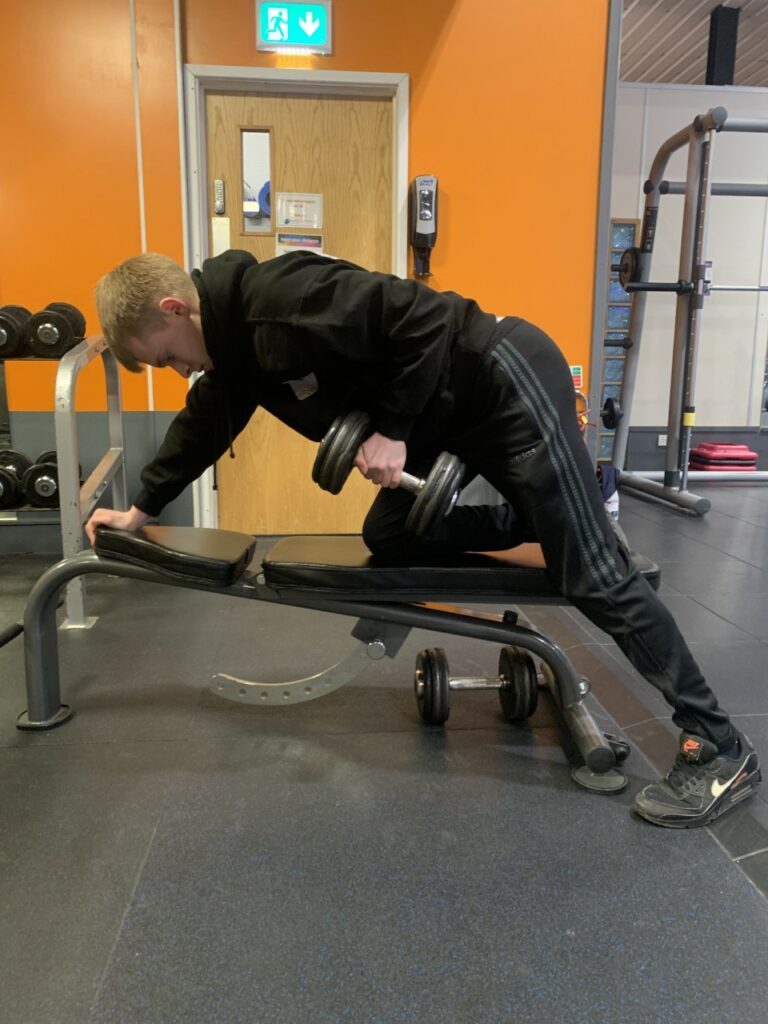
For any advice with this exercise just ask one of the gym team!

